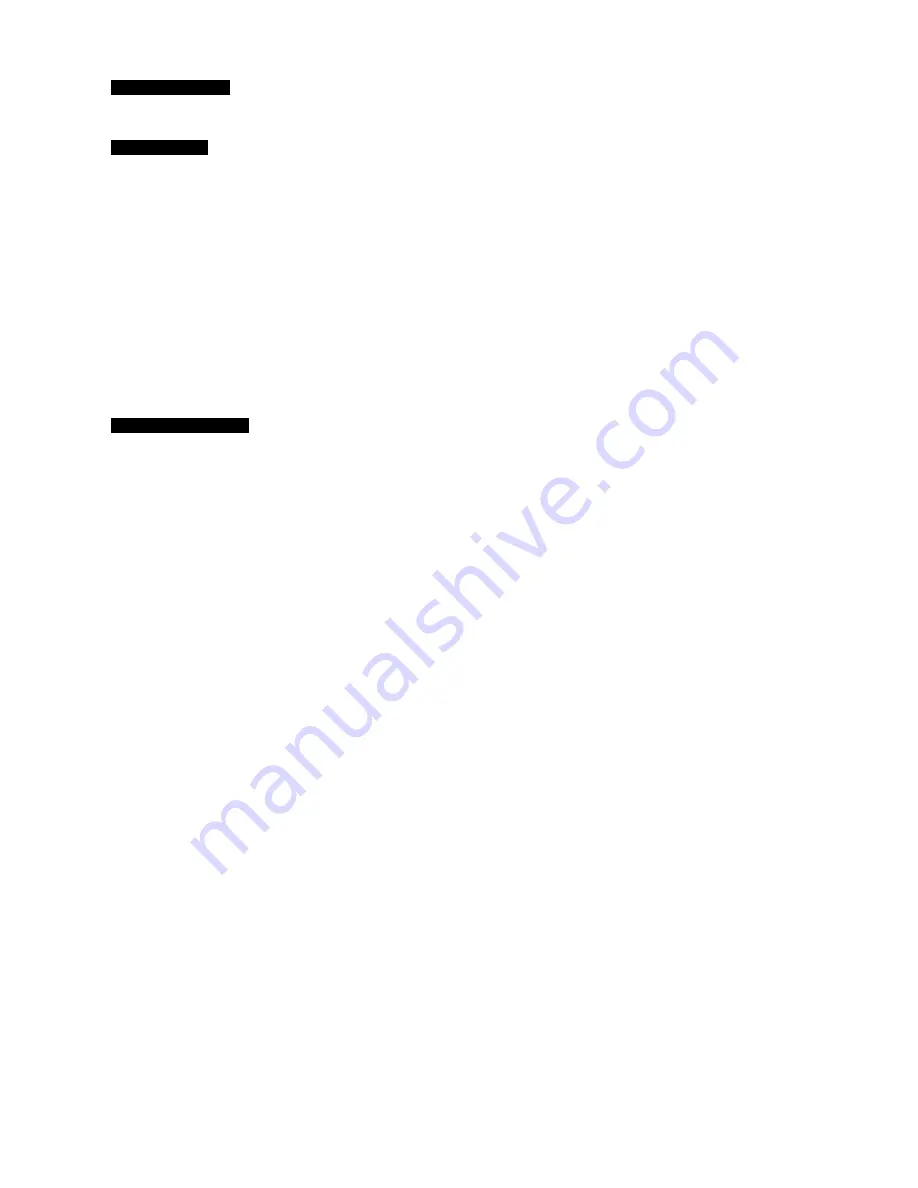
© Hills Industries 2006
Page 21
Programming Data
Programming Data:
Programming data is always one of two types. One type of data is numerical and can take on values
from 0-15 or 0-255 depending on the feature's segment. The other type of data is a Option selection type. Option selection
data is used to turn options on or off. Use the following procedures when working with these two data types:
Numerical Data:
Numerical data is programmed by entering a number from 0-255 on the numeric keys of the system code
pad. To view the data in a feature, a binary process is used. With this process, the LED’s for zones 1 through 8 are
utilized, and the numeric equivalents of their illuminated LED’s are added together to determine the data in a programming
feature. The numeric equivalents of these LED’s are as follows:
Zone 1 LED = 1
Zone 2 LED = 2
Zone 3 LED = 4
Zone 4 LED = 8
Zone 5 LED = 16
Zone 6 LED = 32
Zone 7 LED = 64
Zone 8 LED = 128
Example: If the numerical data to be programmed in a feature is ‘66’, press
[6]
-
[6]
on the code pad. The LED’s for zone 2
and Zone 7 will become illuminated indicating 66 is in that feature (2 + 64 = 66). See this example on page 22.
Once the data is programmed, press the
[
r
]
key to enter the data and advance to the next segment of that feature. After
the last segment of a feature is programmed, pressing the
[
r
]
key will exit that feature, turn the ‘Ready’ LED off and the
‘Armed’ LED on. As before, you are now ready to enter another programming feature. If an attempt is made to program a
number too large for a particular segment, the code pad sounder will emit a triple beep, indicating an error, and remain in
that segment awaiting a valid entry.
Option Selection Data:
Option selection data will display the current condition (on or off) of eight options associated with
the programming feature and segment selected. Pressing a button on the touch-pad (1 thru 8) that corresponds to the
‘option number’ within a segment, will toggle (on/off) that option. Pressing any numeric key between
[1]
and
[8]
for selection
of a option, will make the corresponding LED illuminate (option ON). Press the number again and the LED will extinguish
(option OFF). You will see that numerous options can be selected from within one segment. For instance, if all eight
options of a segment are desired, pressing
[1]
-
[2]
-
[3]
-
[4]
-
[5]
-
[6]
-
[7]
-
[8]
will turn on LED's 1 thru 8 as you press the keys,
indicating that those options are enabled. After the desired setting of options is selected for this segment, press the
[
Á
]
key.
This will enter the data and automatically advance to the next segment of the feature. When you are in the last segment of a
feature and press the
[
Á
]
to enter the data, you will exit that feature. This will now turn the ‘Ready’ LED off and the ‘Armed’
LED on. As before, you are now ready to enter another programming feature.
Loading Factory Defaults
There are two methods of loading the factory defaults:
Method 1
- Enter the program mode using the procedure on page 9, then type
[9]
-
[1]
-
[0]
-
[#]
. The code pad will beep 3
times indicating that the loading is in progress. The loading takes about 6 seconds.
Method 2
- Enter
[9]
-
[7]
-
[1]
-
[3]
-
[0]
-
[0]
within 10 seconds of power up at any code pad which is not programmed for
master mode. The procedure will default the Hills Reliance control panel even if it is armed.
Enrolling Modules & Code Pads
For supervision purposes, the Hills Reliance has the ability to automatically find and store in its memory, the presence of all
code pads, zone expanders, wireless receivers, and any other module connected to the data terminal (KP DATA) whenever
exiting the program mode. The enrolling process takes about 12 seconds, during which time the ‘Service’ LED will
illuminate. Once a module is enrolled, if it is not detected by the control panel, the ‘Service’ LED will illuminate on that code
pad.
To force module and keypad enrolment, whilst in program mode enter
[9]
-
[1]
-
[5]
-
[#]
-
[Exit]
-
[Exit]
, and wait 12 seconds.






























